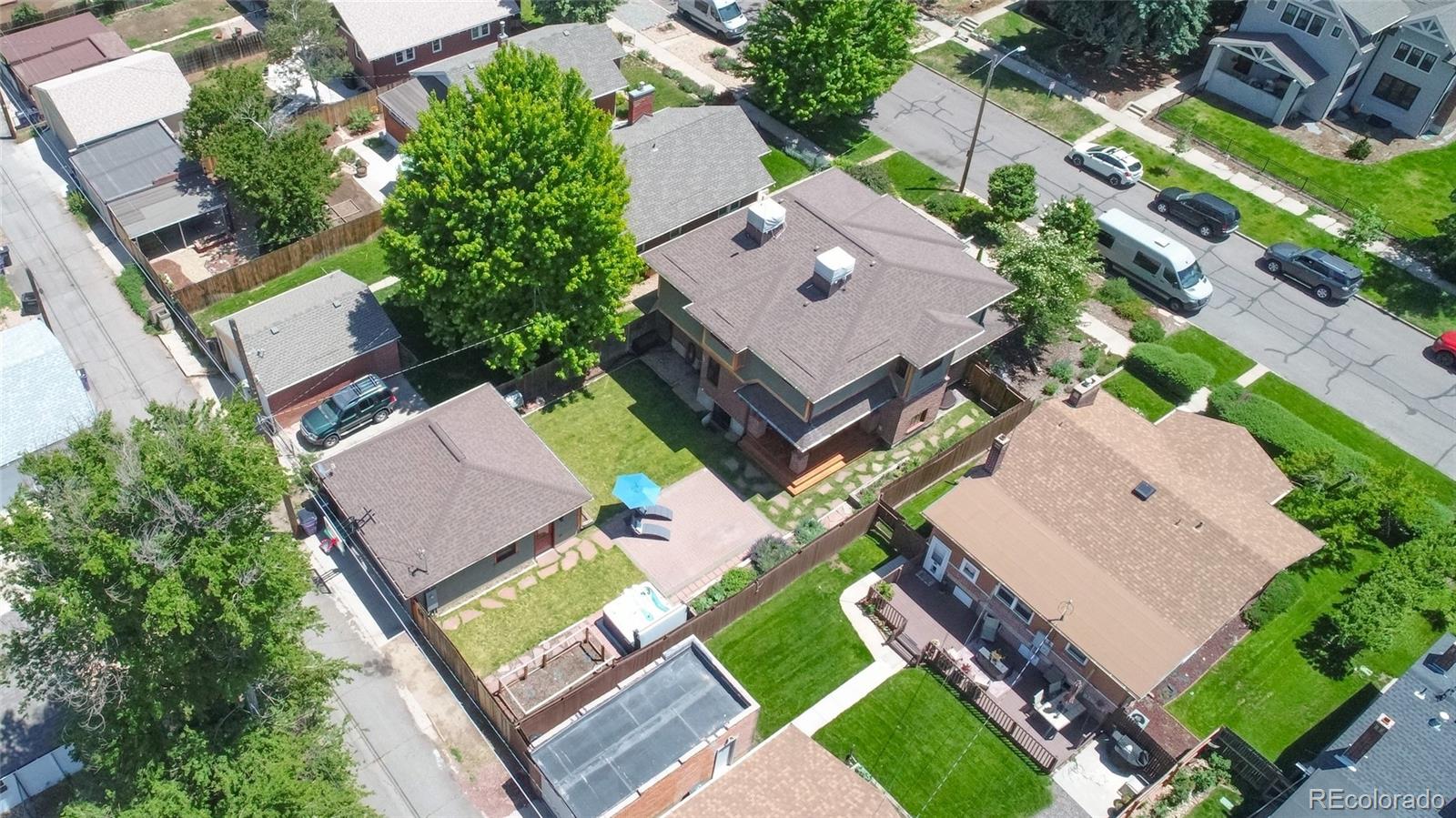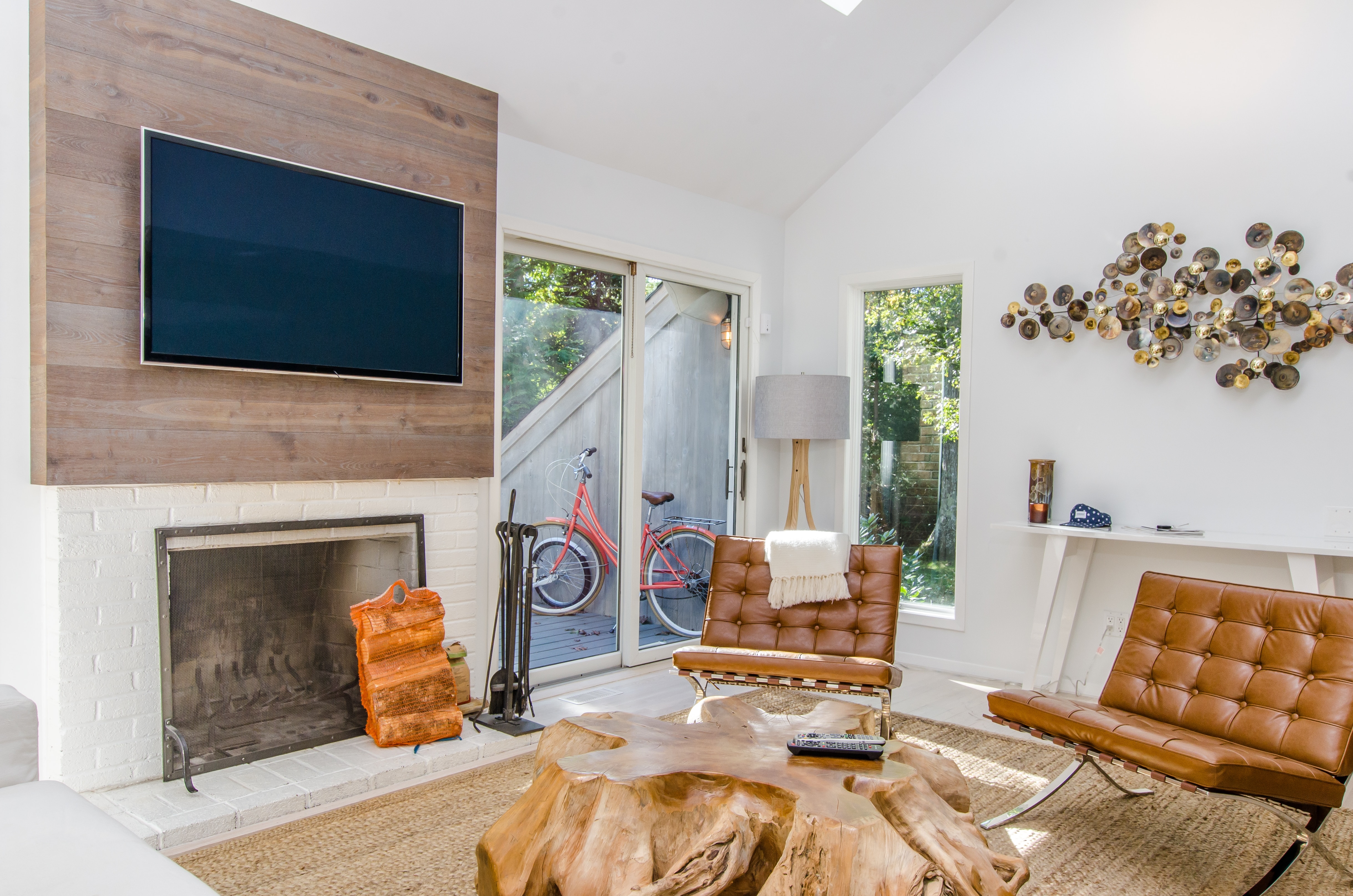Welcome to Your First Step in Homeownership!
Congratulations on making the exciting decision to buy your first home! This journey is thrilling, but we know it can also feel overwhelming at times. The good news is that you're not in this alone—at LIVLUX Real Estate, we're here to make the process smoother, less stressful, and—most importantly—fun. I want to let you in on a little secret. Regardless if it's your first home or your tenth home, the stress comes from the unknown. That said, you're in the right plane and taking the perfect first step by educating yourself about your journey.
Buying your first home may seem intimidating, but remember, knowledge is power. The more you understand about the process, the easier it will be, and the easier it gets, the more you can focus on the exciting part: finding the perfect home and visualizing your future there. I was was told that excitement and fear have the same response within our bodies. It's our logical minds that adds a label to this response as either fear or excitement. What I love about this is that is means we have the power to decide which it is.
I'm here to give you the education, tools, and step-by-step guidance you need to navigate this journey confidently, from start to finish.

What to Expect: Your Step-by-Step Journey
1. Defining Your Priorities
Every great journey begins with understanding what matters most. Start by making a list of your top 5 wants and your top 5 needs for your new space. If you're buying with a partner, each of you make your own list and only share it once you're both done, then compare and combine your lists. In doing this, begin a discussion about the balance in your shared priorities.
Keep an open mind—your priorities evolve as you start viewing homes and learning more about what’s available, what you can live without, and what you absolutely cannot. Even as a professional when I'm doing my own house shopping, my list changes as I go. Some things move up, some things move down and some things get added or removed altogether.
2. Choosing the Perfect Location
Location is one of the most important factors when buying a home. To help you evaluate potential neighborhoods, I use the F.O.R.D. method to identify where you spend the most time.
- Friends/Family: Where is your social network located? Consider proximity to family and friends and where you spend your time.
- Occupation: What’s your commute like? Factor in the distance and time to your job or career plans.
- Recreation: What are your favorite activities? Consider what you like to do and where you like to go. Do you have a specific club you go to or gym? Do you go downtown on your time off or to the mountain and how often does this happen? Are you hiking every weekend, cycling every day...once a year? Do you need quick access to the airport?
- Dreams: Have you ever just dreamt of living in a certain neighborhood or area? I know I do! If that neighborhood isn't on the agenda today, it doesn't mean we can't look for elements of it whether that's nearby or a similar. The key is in the discussion around what about this neighborhood draws you to it?
Try This: Grab a map from Google (it's super easy to just take a screenshot). Mark each of the locations you've identified above on the map. Then draw a circle around each dot. The greater the priority, the smaller the circle. For example, recreation might be a larger circle because you might be willing to drive 30-40 minutes for your favorite activity. But work might only be a 15-30 minute circle since you want to minimize your commute. Now that you've done this, look for neighborhoods in the overlapping areas.

3. Getting Pre-Approved
Before you start searching for homes, it's essential to get pre-approved for a mortgage. Pre-approval shows sellers more than that you're serious. It's required to submit an offer and sometimes required to gain access to a property. When you submit your offer, you will be required to submit what we call "Proof of Funds." This can be a bank statement if you have the fund available to make the purchase or it can be a bank letter from a personal banker stating the funds are available. Most often this is provided in the form of a pre-approval letter.
Here’s what you’ll typically need to get pre-approved:
- Pay stubs
- Tax returns
- Bank statements
- Completed mortgage application
- any other supporting documents to verify income and expenses
They are looking for your income and your total debt payments. This ratio is called your Debt to Income Ratio or DTI. This combined with your income and your credit score essentially makes up the credit rates available to you.
There are multiple types of loans available. I am not a lender so please speak with one or reach out and we can direct you to some great lenders. I will give you a rough outline of the most common types of loans.
The most common type of loan is the conventional loan. If the loan reaches the maximum amount for conventional loans, buyers can get what is literally called a jumbo loan. The third type of loan, is more of a category, are government backed loans. These are FHA, VA and USDA loans.
- FHA is often an option for first time home buyers and typically require less money down.
- VA loans are loans for veterans.
- USDA loans are for farm and ranch land.
Most first time home buyers use either an FHA loan or a conventional loan. Reach out and we can get you in touch with a trusted lender who can help you decide which is right for you.

4. Finding Your Home
Now comes the exciting part—finding your new home! There are several ways to discover available properties:
- Homebuilders: New homes are often available directly from builders. But keep in mind that builder contracts and incentives can be complex. It's essential to have an agent who understands these details and will guide you through the process to protect your best interests.
- Online Listings: Websites like Zillow, Trulia, and Homes.com are great tools, but they often display content syndicated from the MLS (Multiple Listing Service). This means there may be delays, and homes you see may already be under contract. Still, it’s a good starting point for your search.
- For Sale By Owner (FSBO): These homes are sold by the owner without a real estate agent, usually to avoid fees or for other personal reasons. If you see a red-and-white FSBO sign, note the cross streets and the direction you’re heading. Your agent can then help track it down and ask the right questions to ensure a safe and informed visit.
- MLS: The MLS is the most up-to-date and accurate source for listings, providing real-time information about homes currently on the market. Your agent has access to this, ensuring that you get the best matches for your needs.
5. Viewing Homes
The first day you see homes is a learning experience. The goal is not to find "the one." The goal is to calibrate what you're seeing online and what you put on your list with what it looks and feels like in person.
Here’s how to make the most of it:
- Start with 4-6 homes. Seeing more than that will make them blur together, even for the most experienced.
- Visit a variety of homes with different features, styles, and location types. Be sure to notice how it differs in person from the photos. Even if it has a deal breaker, the first day out, that's okay!
- Talk it through after each showing. Leave the property first so you aren't talking in front of any security cameras but don't skip this step. The goal is to learn from each visit. If you learn from each door, the right one will always find you.
Discuss:
- Best part: What stood out most to you about the home?
- Worst part: What didn’t work for you?
- Score: Rate the home from 1-10 (10 being perfect and 1 being a total waste of time)

What to notice:
- Fractions are flags: If someone rates a home as 6.5 or 7.25, that may signal to slow down for a moment and talk about what worked and what didn't more in-depth. Pay attention to these nuances. If one house is a 7 and one is a 7.25, then we may want to ask what happens when one becomes an 8, are we avoiding it and what is the avoidance? Is this a way of saying you like it but don't want to make an offer on it and aren't sure why. That's okay. What's important is to have these conversations not having these answers.
- Low scores (below 5): If you rate a home lower than 5, there is almost always a non-negotiable present. The exception is usually if you're on your first day out. Everyone loves to rate the first home or two a 5 or 6 for homes that the next time out may be a 6 and 7.
- Evolution over time: Every time you view a home, you're learning more about what you want and what works for you. Be sure to check in. If this is a 7 and that was a 5 and you were more excited there, then is that really a 5 and/or is this really a 7 or was there another factor at play like you're just hungry and done for the day? There is no right or wrong here.
- Shopping with a partner: Does one person consistently score higher or lower than the other? That will show the motivation level and willingness to move. If they are scoring higher, they are either prioritizing the timeline over characteristics or truly just don't care about the characteristics...as much. If one is following in suit with numbers, have them put the number on their fingers behind their backs and reveal them together. This makes sure that the quieter voice is heard too.
Little Secret: As your guide, the number you pick is mostly irrelevant. What matters is in the difference:
1. If this is a 6 and that was a 7... (Be okay rescoring them as you go. That's the point.)
2. If this is a 6, what makes it a 8+?
6. Making an Offer
Once you’ve found a home you love, it's time to make an offer. When reviewing your offer, look for the following:
- Timeline, check for vacations or important dates that fall on any deadlines. Better to adjust it now than later.
- Form of title and type of deed.
- Closing fees, HOA fees, utility transfer fees, taxes, etc.
- Water and mineral rights
- Purchase price
- Who is responsible if title or a lender requires a survey (yes, in neighborhoods with fences too!)
- Seller concessions
- Any additional terms written in under additional provisions.
Here’s a few things to know:
- Earnest money: This is a deposit made to show the seller you're serious. Typically, it's 1% of the purchase price and will be applied to your down payment or closing costs. The seller usually provides a minimum number they want as a guide. You’ll submit this by check or wire transfer to the title office listed in your offer.
- Forms of taking title: There are multiple ways to take title for a property. It’s essential to clarify how you want to take title before signing any documents. This affects who owns the property and how it’s passed down in the event of a death.
- Severalty (on your own)
- Joint Tenancy (with right of survivorship) If you're buying with someone, right of survivorship ensures that if one person passes, the surviving owner automatically inherits the property.
- Tenancy in Common Does not have the right of survivorship. It will be defined by their will or the state. Consult an estate professional with questions about this for further information.
7. Inspections and Negotiations

Once your offer is accepted, it's time for inspections. These help ensure the home is in the condition you expect. Common inspections include:
- General home inspection
- Sewer scope
- Radon test
- Lead paint inspection (for homes built before 1978)
Based on the results, you can negotiate repairs or financial compensation. If you're renting right now, you’ve signed the same disclosures that you’ll see during the purchase process, as it's a state requirement.
When you get to this step, it comes in two phases. You first take all the information from your inspection and make a list of the items you want to object to. This document is called an Inspection Objection. This is one of the deadlines in your offer timeline.
The next step is what we call an Inspection Resolution and it's just as it sounds. This is where we define the resolution that the two parties have come to. If there are no repairs being done, either because the condition of the home was satisfactory or because a financial has been agreed upon, the resolution will simply state the home will be taken by the buy in its present condition. If there is a financial settlement to resolve any issues, this resolution will also reference an amendment that will be drafted to make a change to the contract either to the purchase price or the seller concessions or both.
If you are asking for seller concessions, be sure to know the most you can ask for before you can begin negotiating. Your lender can provide you this information. Be sure that in your resolution, the language includes a line that says any finds not applied to closing costs, down payments, points etc can also be applied to the purchase price upon the discretion of the Buyer. I am not giving legal advice and this isn't specific language but be sure to give yourself that choice.
8. Appraisal and Insurance
- Appraisal: Your lender will typically require an appraisal to ensure the home is worth the price you’re paying unless you have put a significant amount down. This is typically a pass/fail response and should come shortly after your inspection is done.
- Property insurance: You’ll need to secure homeowners insurance to protect your new home. They are going to want to know what materials are used in the home and the age of the roof and mechanical items. This deadline is after the inspection because most of the information will come from there. The roof age may be that exception and that will come from either the permit report or the seller disclosure. (If you have a stage 4 hail-resistant roof, request the certificate from the seller to give to your insurance provider. This will save you money in Colorado!)
Ready to Take the Next Step?
We’re here to guide you through every step of your journey to homeownership. Contact us today for a personalized consultation and let’s take the next step together!







